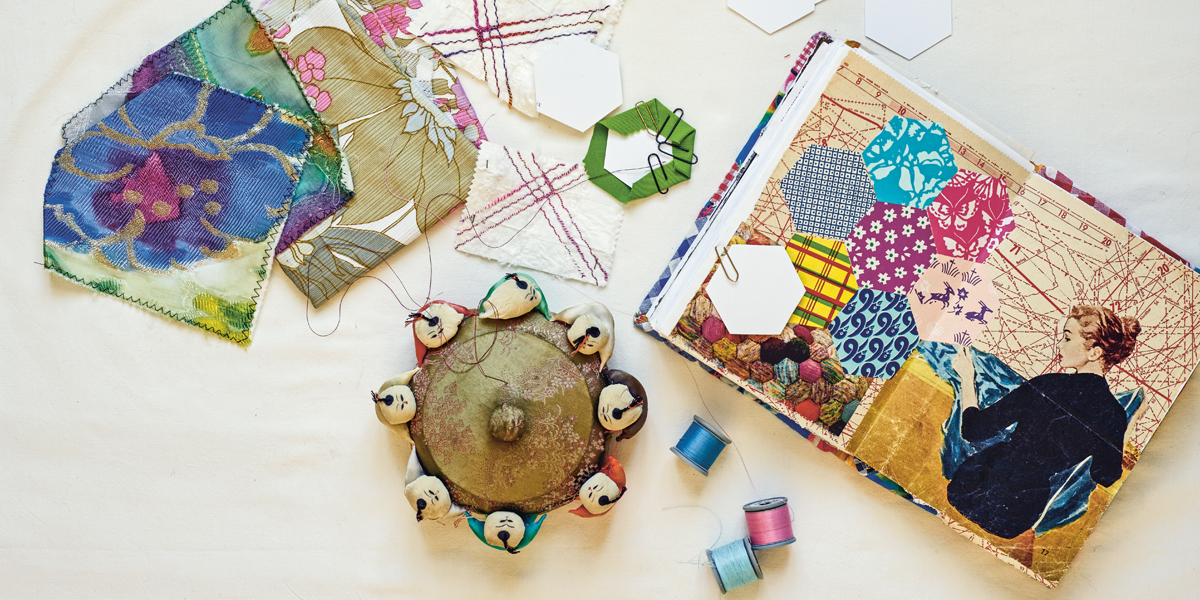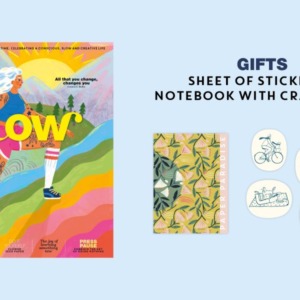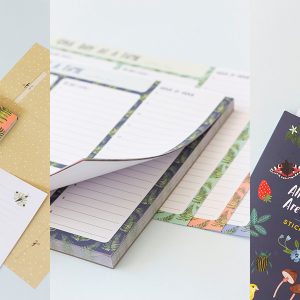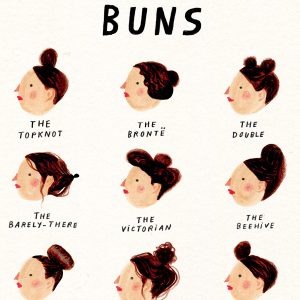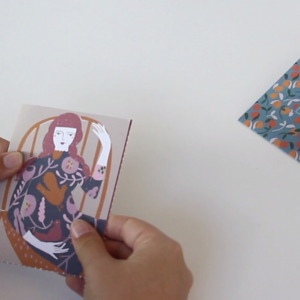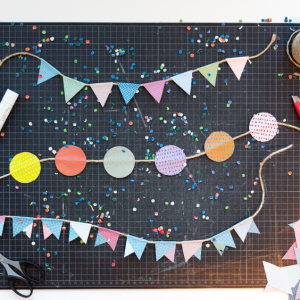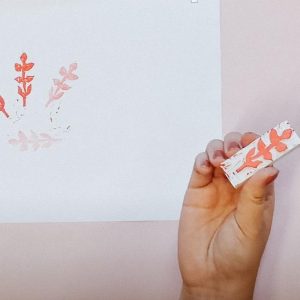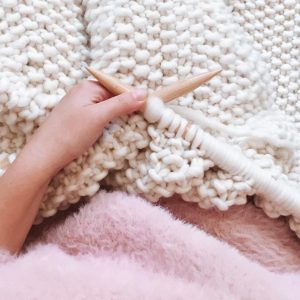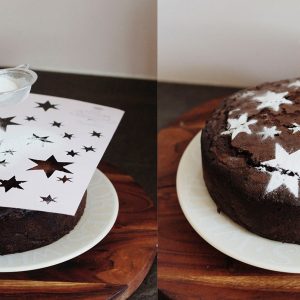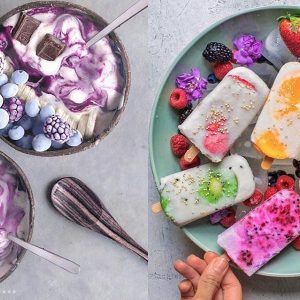It’s a diary and creative outlet in one. Yet how does an art journal work, and how do you benefit from keeping one?
If you do some Googling, you’ll come across many types of art journaling: from drawings or paintings combined with text, to paper cutouts and collages. An important lesson in the American Dawn DeVries Sokol’s workshop is: There are no rules. “It’s your own creative outlet,” she says. “One person will make more of a diary, while someone else works more with photos, and a third might paint in their journal. I teach the techniques, and show what can be done. But what you do with it is up to you.”
Even if there are no rules, it’s still nice to see what others are doing. It seems that Arne Nerjordet and Carlos Zachrison (a Scandinavian design duo known for their knitted Christmas balls) have been fervent art journalers for 20 years already. They have even published an inspiring book about art journaling, featuring lots of photos from their own art journals. These are chock full of clippings, color schemes, photos, pieces of fabric and wool, ideas and sketches.
“Our art journals are almost as important as our final designs,” says Carlos. “We document every aspect of our lives: the pretty pictures we come across, as well as our ideas and thoughts. They are a kind of diary and creative meeting place in one. We don’t do it in any particular way, we just start and see where it takes us—like a puzzle for which we keep on finding new pieces. Sometimes I’ll cram all the loose clippings in my journal, and give them a place later.”
In the extra ‘Tiny pleasures art journal’ that comes with Issue 14, Arne and Carlos give a few tips on journaling:
- “We see making an art journal as a long-term project. There is no rush at all. So take your time and be patient; that will ensure the best results.”
- “If you come across paper you like, but you don’t want to use it right away, then save it in a special place. Sort it into piles kept together with ribbon. Then you know where to go when you need it.”
- “A concrete goal or theme will give you more satisfaction than just haphazardly filling the pages. Make a journal for every topic that interests you: from diary writing to cooking, from travel to a garden logbook.”
- “If you don’t know how to begin, start by keeping a diary, five minutes a day. Every day, use a different colored ink for your notes. Chances are that after a while, flipping back through the book, you’ll start decorating all the pages with pictures, small drawings, doodles, dried flowers or whatever else comes to mind. Before you know it, you’ve found a direction and created an art journal that means something to you.”
- Read more about art journaling and find the rest of Arne and Carlos’ tips in Issue 14.
Text Jocelyn de Kwant Photography Arne Nerjordet & Carlos Zachrison from their book Make Your Own Ideabook with Arne and Carlos


